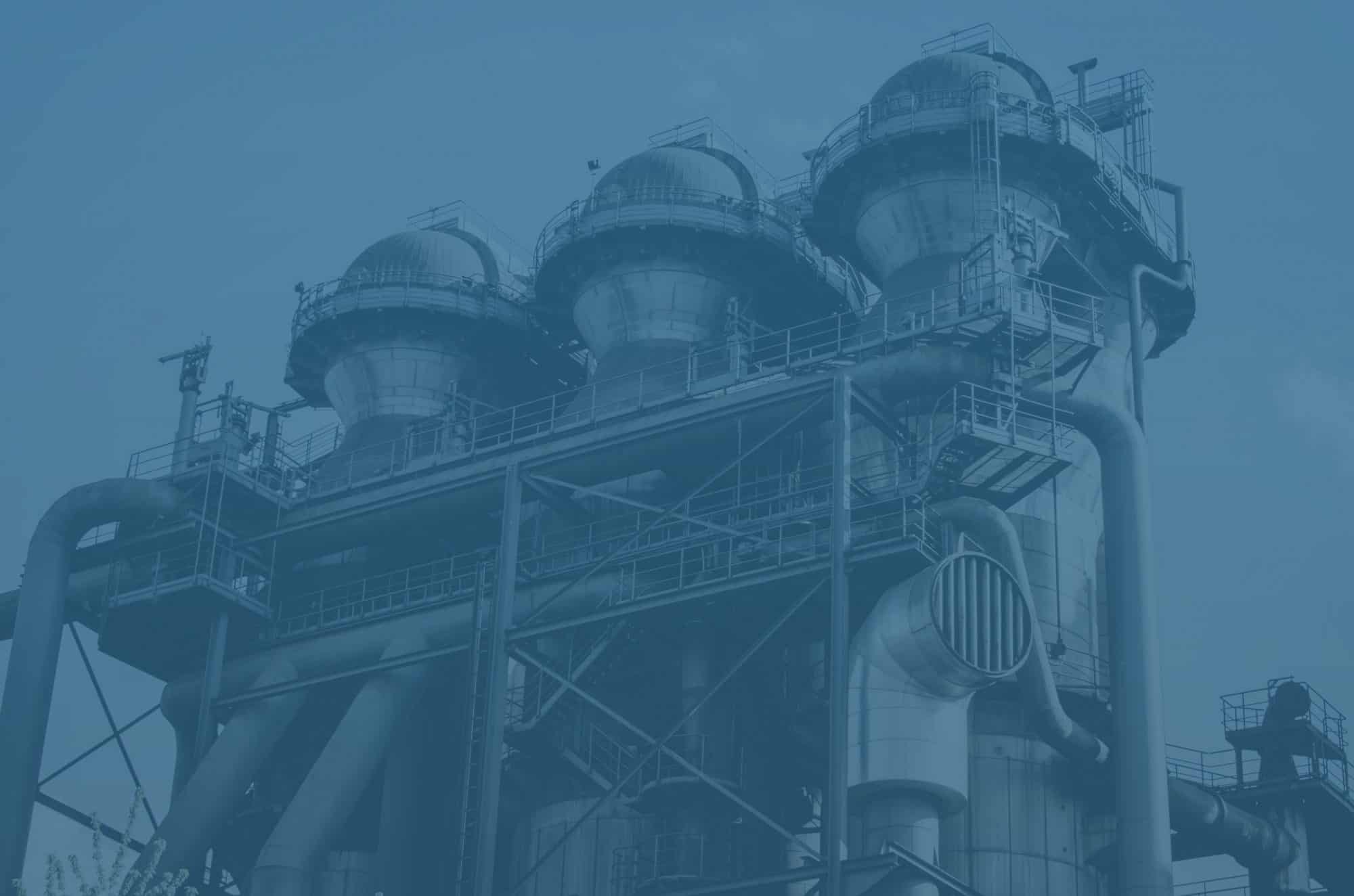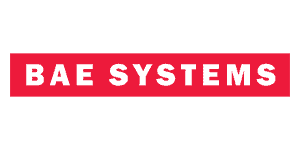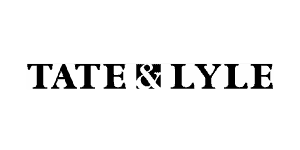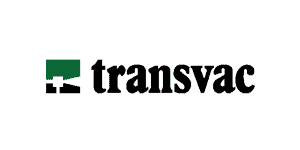Industrial silencers aren’t something you’ll find in your everyday life. If you work in this sector though, you will be glad to have them around. They work by minimising the noise produced by machinery. Without such measures, noise levels here can be high. It can end up harming those working in these environments. We can help here by providing in-line silencer solutions as well as many other designs for different applications.
Noise-induced hearing loss is a massive occupational hazard in the UK. It affects countless workers across many industries. Entertainment, manufacturing, and construction are commons ones with problems. The Health and Safety Executive estimates that 17,000 UK residents suffer from work-related hearing issues. These include hearing loss and auditory problems like tinnitus. To determine whether your noise levels are harmful or not, you need to monitor them. There are a few ways to do this. We’re going to discuss some of these options.
Sound level meters
Firstly, you can utilise sound level meters. These are handheld devices capable of measuring sound pressure levels in decibels (dB). Type I meters are more precise and come in handy for detailed assessments. As for Type II meters, they are better for general surveys. Just make sure the equipment you use is calibrated correctly to give an accurate reading.
Dosimeters
Another option is using dosimeters. Worn by workers during the day, they measure the total noise exposure over a given timeframe. They are popular for companies that have to follow regulations stipulating exposure limits over 8-hour work shifts. This is because they can effectively track all the noise during the period.
Frequency analysers
These devices analyse noise in certain frequency bands to identify dominant frequencies. Such analysis can then prove essential for determining the best noise control options.
Area monitoring
Next we have a technique that assesses noise levels in certain areas, particularly in places where workers are stationary. You can use this approach to map noise levels over individual parts of the workplace. It will help to pinpoint hotspots or zones of high noise exposure such as locations near heavy machinery. You can even use the technique to monitor noise to see how effectively an in-line silencer or other model performs.
Long term monitoring
You can also use long term monitoring systems. Installed in facilities to continuously monitor noise levels, they offer ongoing data. Said data can help track changes over time as well as the efficiency of noise control solutions.
Data logging and analysis software
Finally, we have software you can use in conjunction with the previously mentioned hardware. This solution analyses and stores long term data. It creates reports and adheres to regulatory demands too.
Speak to us about in-line silencer solutions and more
At Ventx, we work to match our silencers to the specific applications. To do this, we use the latest acoustic modelling software. It analyses your system and the setting so we can design and craft the ideal solution.
So, whether you need an in-line silencer or another design, please speak to our team. We’ll help you achieve your noise reduction goals, ensuring you maximise health and safety.









